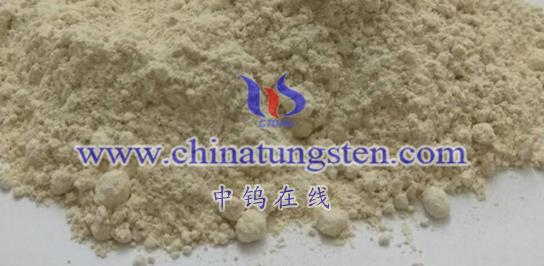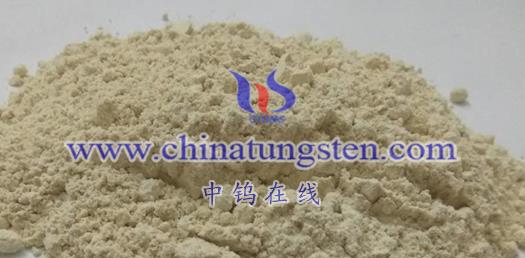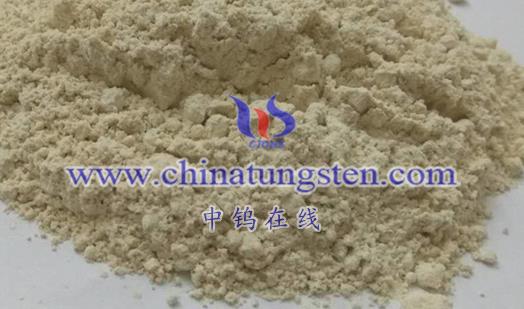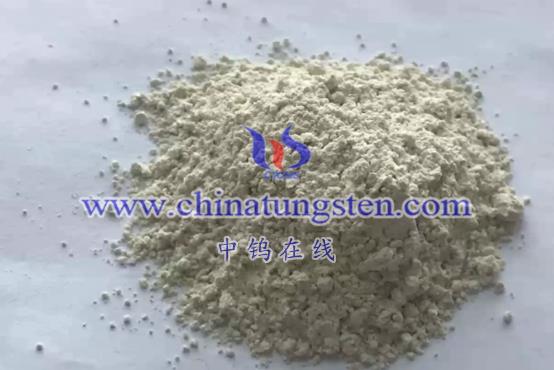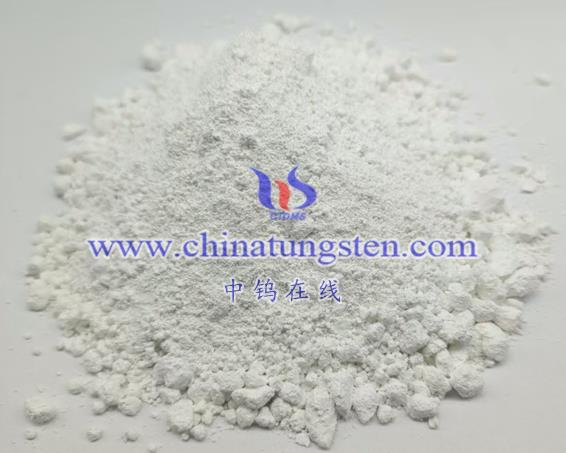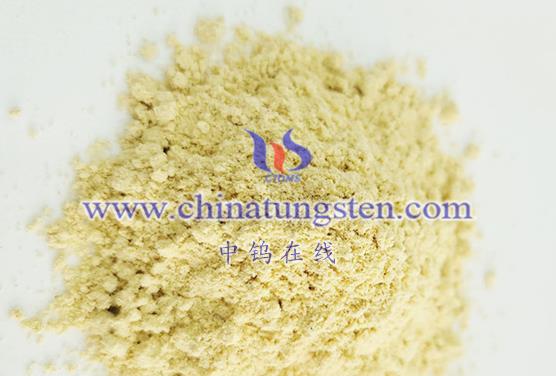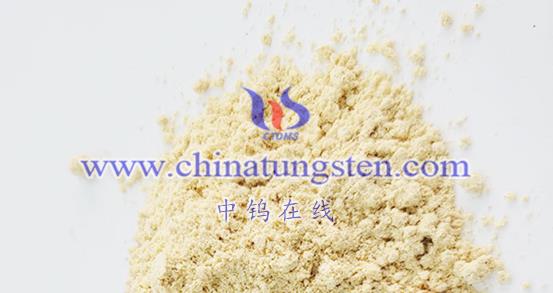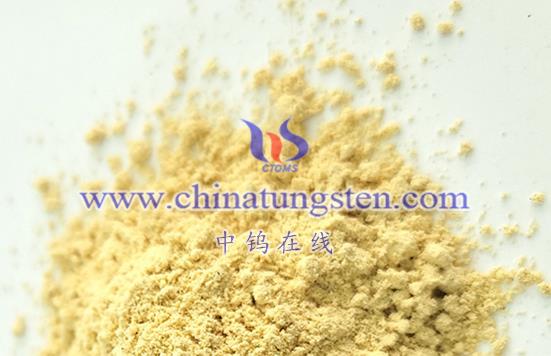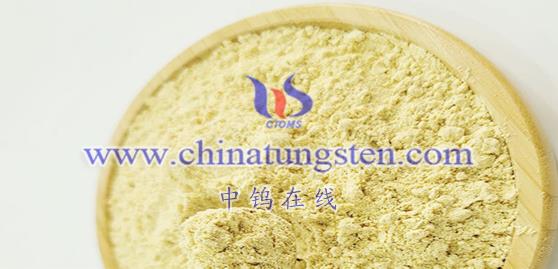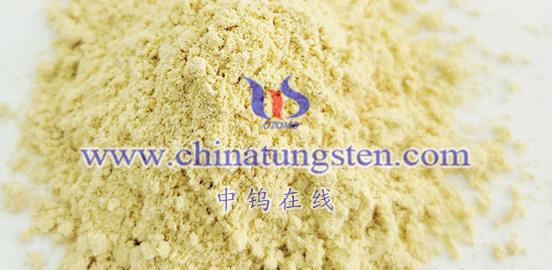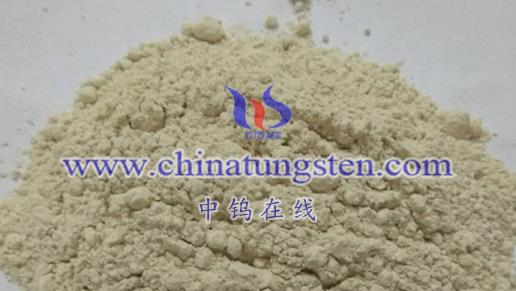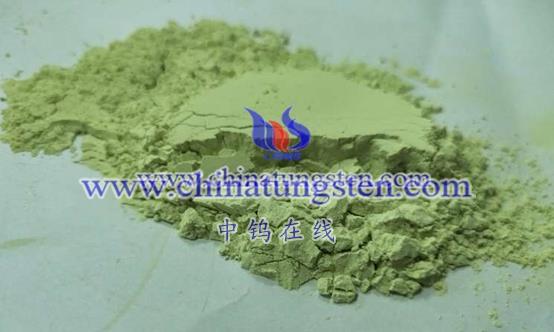
Tungsten oxide nanoparticles and bulk tungsten oxide differ significantly in terms of size, surface area, physical and chemical properties, and application areas. Here’s a detailed analysis of their differences:
- Size and Surface Area
Tungsten Oxide Nanoparticles:
- Size: Tungsten oxide nanoparticles are characterized by their nanoscale dimensions, typically ranging from 1 to 100 nanometers in diameter.
- Surface Area: Due to their nanoscale size, these nanoparticles have an extremely high surface area relative to their volume, which greatly enhances their surface-to-volume ratio.
Bulk Tungsten Oxide:
- Size: The particles of bulk tungsten oxide are significantly larger than nanoscale particles, resulting in a much smaller surface area relative to their volume.
- Physical Properties
Tungsten Oxide Nanoparticles:
- Optical Properties: The nanoscale size and high surface area lead to unique optical properties, such as tunable light absorption and distinct optical behaviors.
- Electrical Properties: They often exhibit superior electrical conductivity and improved performance in energy storage and conversion applications.
- Thermal Properties: Nanoparticles can also have enhanced thermal conductivity and resistance to thermal shock compared to their bulk counterparts.
Bulk Tungsten Oxide:
- Physical Properties: While bulk tungsten oxide has reliable physical properties, it lacks the enhanced characteristics seen in nanoparticles, such as improved optical and electrical performance.
- Chemical Properties
Tungsten Oxide Nanoparticles:
- Reactivity: Due to their high surface area and surface activity, tungsten oxide nanoparticles exhibit higher reactivity and selectivity in chemical reactions. This makes them advantageous in applications such as catalysis, drug delivery, and photothermal therapy.
Bulk Tungsten Oxide:
- Chemical Stability: While bulk tungsten oxide is chemically stable, it may not offer the same level of reactivity and selectivity as its nanoparticle form in certain chemical processes.
- Application Areas
Tungsten Oxide Nanoparticles:
- Optoelectronics: Used in the fabrication of transparent electrodes and optoelectronic devices.
- Catalysis: Employed as catalysts in gas removal, organic synthesis, and other chemical reactions.
- Biomedical Applications: Utilized in drug delivery systems and photothermal therapy due to their biocompatibility and high surface reactivity.
Bulk Tungsten Oxide:
- Applications: Although it is used in various applications, such as pigments and some industrial processes, it does not match the breadth and performance of applications enabled by nanoparticles.
- Preparation and Cost
Tungsten Oxide Nanoparticles:
- Preparation: The synthesis of tungsten oxide nanoparticles requires specialized techniques and equipment, making the process relatively complex and costly.
- Cost: The production cost is higher due to the advanced technology required. However, as nanotechnology progresses, costs may decrease over time.
Bulk Tungsten Oxide:
- Preparation: The production process for bulk tungsten oxide is simpler and more cost-effective.
- Cost: Generally, bulk tungsten oxide is less expensive to produce compared to its nanoparticle counterpart.
Summary
In summary, tungsten oxide nanoparticles and bulk tungsten oxide differ significantly in terms of size, surface area, physical and chemical properties, and application areas. These differences make tungsten oxide nanoparticles suitable for advanced applications across a range of fields, offering enhanced performance and functionality compared to bulk tungsten oxide.
More details of tungsten oxide product, please visit website: tungsten-oxide.com
Please contact CHINATUNGSTEN for inquiry and order of tungsten oxide:
Email: sales@chinatungsten.com
Tel.: 86 592 5129595
